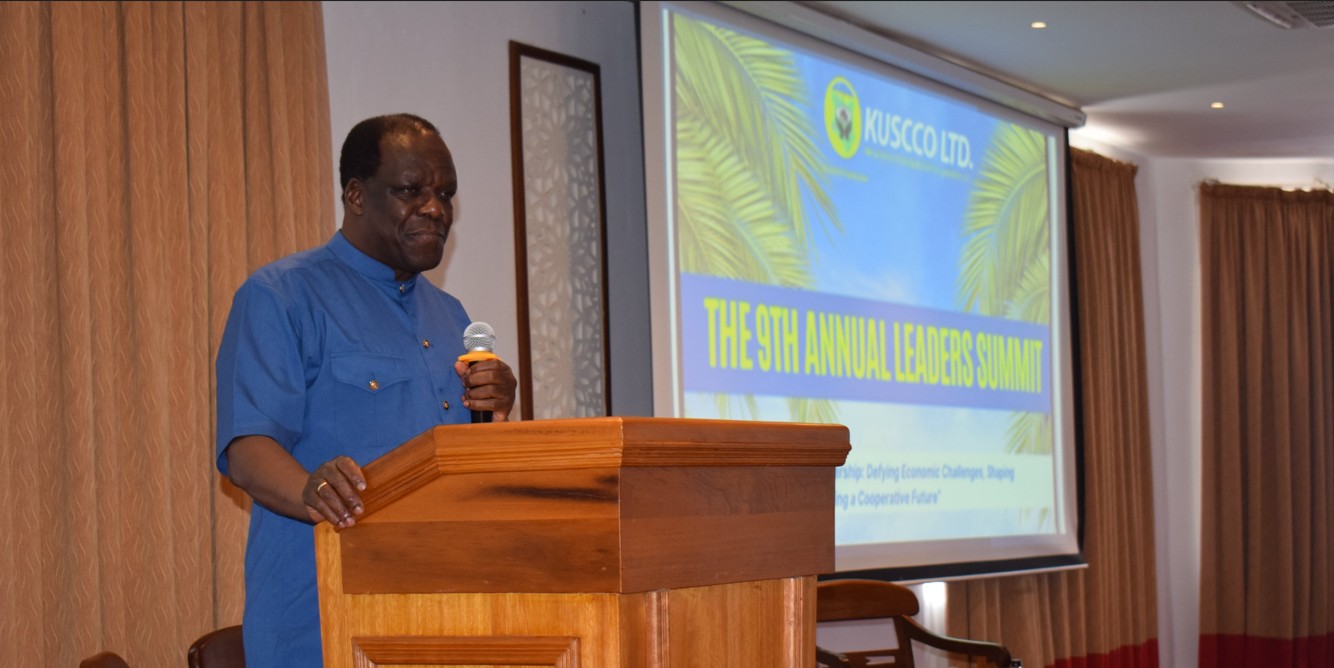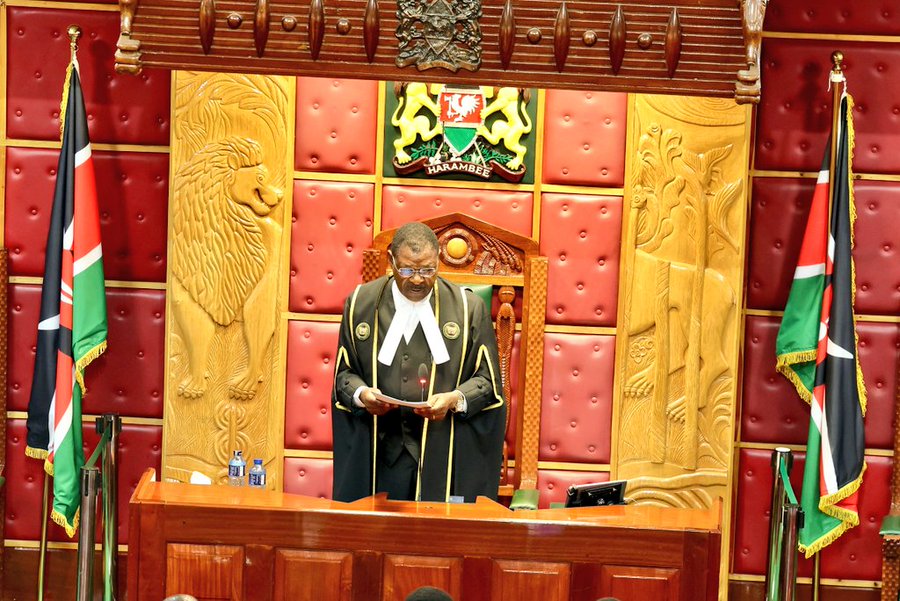Kenya launches new scorecard to evaluate nationwide community health, nutrition

Key factors contributing to undernutrition include diseases, poor diets, particularly for children aged six to 23 months, food insecurity, inadequate care, and harmful social practices.
More To Read
In collaboration with the Children's Investment Foundation (CIIF), the Ministry of Health has launched a new scorecard to evaluate community health and nutrition in all 47 counties.
This innovative tool aims to provide valuable insights into key health indicators at both national and local levels to accelerate progress towards universal health coverage.
Mary Muthoni, Principal Secretary of Health, recently provided an update on her X (formerly Twitter) account regarding the ongoing evaluation of the scorecard’s effectiveness. She noted that this week’s assessment is focused on Bungoma and Kakamega counties.
“This week, we are evaluating the effectiveness of the scorecard in Bungoma and Kakamega counties, and I’m pleased to highlight that both counties have shown remarkable progress in meeting these indicators,” said Mary Muthoni.
What is a nutritional scorecard?
Nutritional scorecards are flexible tools that help track and improve nutrition efforts. They use data from different sectors like health, education, water, sanitation, and agriculture to measure progress and ensure accountability for meeting nutrition goals.
Developed in 2019 with support from ALMA, UNICEF, Save the Children, the Kenya Red Cross Society, Action Against Hunger, and Terre des Hommes, the scorecard was designed to align with national, continental, and global nutrition priorities.
Launched in 2020, it includes 13 national indicators and 17 subnational indicators across 6 categories. The scorecard has been implemented in 32 counties, some of which have created action plans to improve its use. It is reviewed by county nutrition technical working groups, county nutrition task forces, and county assembly health committees.
Malnutrition in Kenya
In Kenya, approximately two million children suffer from stunted growth, the most prevalent form of undernutrition. If left unaddressed, stunting can lead to significant long-term issues, including delays in mental and physical development. Additionally, 11 per cent of children are underweight, and 4 per cent experience wasting.
Wasting is a severe condition where a child is extremely underweight for their height, typically due to inadequate food intake or illness. This condition weakens the child's body, increasing the risk of severe health problems and death.
Child undernutrition rates vary significantly across Kenya. For instance, stunting rates can be as high as 46 per cent in Kitui and West Pokot counties.
Wasting rates range from as low as 1 percent in some areas to over 20 per cent in many arid and semi-arid regions. Wasting refers to a form of malnutrition whereby a child is too thin for his or her height.
Key factors contributing to undernutrition include diseases, poor diets, particularly for children aged six to 23 months, food insecurity, inadequate care, and harmful social practices.
More efforts to curb malnutrition
The Ministry of Health's multisectoral strategy, particularly through the Kenya Nutrition Action Plan (KNAP) 2018–2022, aims to improve efforts against malnutrition. This approach involves enacting legal frameworks and initiatives, including regulations on breastmilk substitutes and food fortification programs.
In April 2024, Mary Muthoni emphasised the need for a comprehensive approach to tackling malnutrition as Kenya aims to become a globally competitive and prosperous nation with improved quality of life by 2030, in line with Vision 2030.
Kenya has been at the forefront of advancing universal health coverage by prioritising preventive and promotional health measures. Ps. Muthoni highlighted that primary health care networks, supported by multidisciplinary teams including nutritionists, are crucial in addressing the triple burden of malnutrition.
Universal Health Coverage seeks to ensure that every Kenyan can access essential, high-quality health services without experiencing financial strain. These services encompass promotion, prevention, treatment, rehabilitation, and palliative care.
Top Stories Today



















